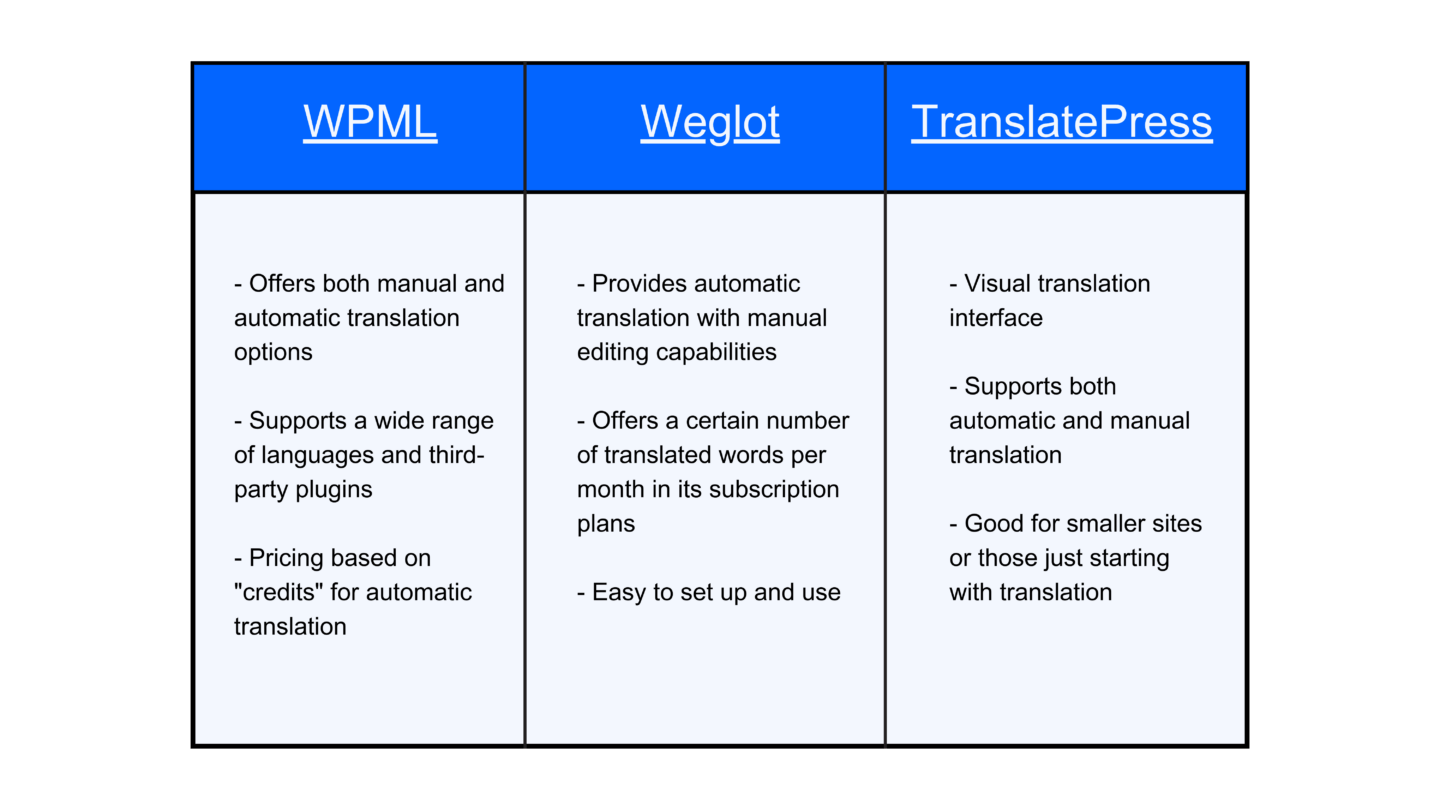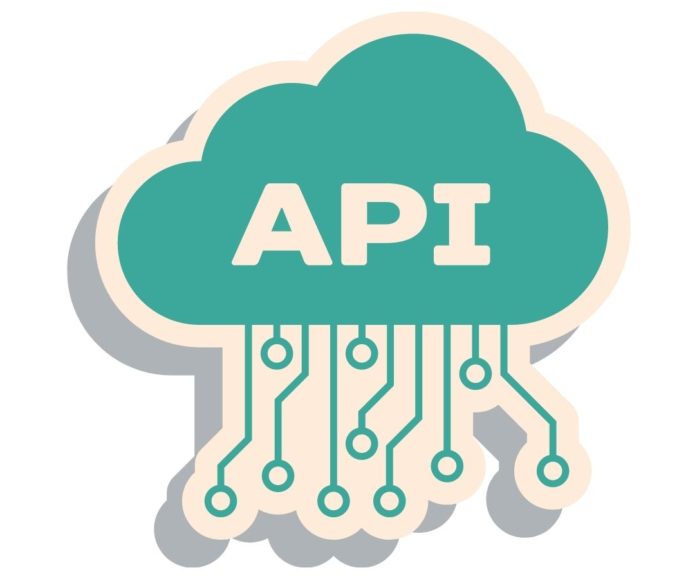
Manual vs Automatic Translation: Choosing the Right Approach for Your WordPress Site
Did you know that 40% of consumers will never buy from a website in another language?
A sobering statistic that highlights the importance of having a solid content localisation strategy.
If you’re leading a global brand, a multilingual website should be on your radar. But it’s not always an easy arena to navigate.
This guide will help you understand:
– Why a multilingual website is critical to brand growth
– Your translation options (manual vs automatic website translation)
– How other brand leaders are using WordPress to simplify their global expansion
– How to develop a content localisation strategy
Why a Multilingual Website is Important to Growing Brands
When you consider that three quarters of the world’s population doesn’t speak English, the reasons for having a multilingual website become clear.
Having a multilingual website makes your brand feel more accessible and credible, no matter where your users are located. This results in higher engagement, increased customer loyalty and ultimately, faster business growth.
In fact, a study by Wunderman Thompson revealed that having a multilingual website can boost market share in diverse regions by up to 10%.
But for many marketers, the idea of translating content is yet another overwhelming item on the list of challenges when scaling content production.

Fortunately, if you have a WordPress website there are some useful tools to make content localisation and translation far less painful.
Translation Options for Enterprise Content Management
When it comes to translating your content, there are two primary approaches: Manual and Automatic translation.
As the name suggests, manual translation is a hands-on process involving a human translator who physically converts contents into localised, culturally appropriate versions.
Whereas Automatic translation refers to the use of AI-powered translation engines such as Google Translate and DeepL.
Manual vs. Automatic Translation
Let’s break down the pros and cons of each website translation method:
Advantages of manual website translation
- High accuracy
- Captures cultural nuances
- Can convey brand voice
- Best used for marketing and sensitive content
Disadvantages of manual website translation
- Extremely time-consuming (particularly if multiple regions are involved)
- Expensive if you have a large volume of content
- Resource-heavy – you essentially need to manage a team of translators
Advantages of automatic website translation
- Fast
- Cost-effective, especially for large volumes of content
- Easily scalable to multiple languages
Disadvantages of automatic website translation
- Lacks accuracy for complex or industry-specific content
- Can miss important cultural nuances and context
- Requires proofreading and editing
Real-World Examples of Website Translation: Fujifilm-X
The Code Company recently partnered with Fujifilm to build a new enterprise WordPress website for its leading digital imaging brand Fujifilm X.
This website had 230,000 pages of content, including product information, news and events – and required accurate translation to 48 different languages.
Here’s how we compared the different translation methods:
Original Japanese:
FUJIFILM X – Film Simulation (Original, Japanese)
Manual translation:
Introduced in 2004, Film Simulations harnessed 70 years of knowledge that had been acquired manufacturing photographic film since 1934, when Fujifilm was founded.
Google Translate version:
Film simulation began in 2004 as a digital takeover of the know-how of image quality design related to photographic film that we have pursued since our founding in 1934.
DeepL version:
In 2004, film simulation began as a digital takeover of the image quality design know-how related to photographic film that has been pursued since the company’s founding in 1934.
This example demonstrates how manual translation can capture nuances and brand voice more effectively than automatic options, which may produce more literal translations. It’s also why we chose to implement a hybrid website translation approach for different aspects of the FujiFilm X website.
Important Considerations When Choosing a Website Translation Method
When deciding between manual and automatic translation, you should consider the following:
1. Content Type and Complexity:
- Marketing, legal, and technical content often require manual translation
- Simple, straightforward content may be suitable for automatic translation
2. Budget and Resources:
- Manual translation is more expensive but may be necessary for critical/legally sensitive content
- Automatic translation can be cost-effective for large volumes of content
3. Time Constraints:
- Automatic translation is faster and can handle frequently updated content
- Manual translation takes longer but ensures higher quality
4. Target Languages:
- Some languages may have better automatic translation quality than others
- Consider the importance of each target market
5. Brand Voice and Tone:
- Manual translation allows for better preservation of brand voice
- Automatic translation may struggle with nuanced or creative language
6 Steps to Delivering an Effective Content Localisation Strategy
Regardless of the method chosen, follow these best practices:
- Conduct some research. The findings will often surprise you and you may discover new markets to explore. But be sure to select your most important markets to work on first rather than diving straight into 50 different languages
- Develop a solid internationalisation (i18n) strategy.
- Use a reputable translation management system (TMS) or plugin and partner with an agency with expertise in the nuances of content translation (see below)
- Implement a quality assurance process or QA checklist
- Consider a hybrid approach, using both manual and automatic translation where appropriate
- Develop a process to regularly update and maintain translated content
WordPress Translation Plugins and Solutions
If you have a WordPress website, you can harness several plugins and digital tools to facilitate your content localisation efforts.
Some of the most popular website translation tools include WPML, Weglot and TranslatePress.

Each solution has its strengths but they operate in very different ways and so unfortunately there’s no one-size-fits all translation solution for every business needs.
That’s why it’s crucial to work with an agency that’s experienced in solving content localisation challenges with WordPress.
At The Code Company, we’ve developed deep expertise in implementing complex multilingual functionality at scale using WordPress. In 2024 alone, our team launched several multilingual website rebuilds with global brands like eBay, The Initium and Fujifilm.
Our experience has shown that effective website translation is not just about converting words – it’s about conveying your brand’s message and values to a global audience.
Conclusion: Making the Right Translation Choice for Your Enterprise Website
Choosing between manual and automatic translation for your enterprise WordPress site depends on various factors, including content type, budget, time constraints, and quality requirements. While automatic translation has made significant strides, a hybrid approach often yields the best results – leveraging AI for suitable content while relying on human translators for critical, brand-sensitive material.
If you’re a brand leader with global expansion plans, or you need help finding the right multilingual solution for your website, we’re here to help. With our expertise in enterprise WordPress development and multilingual implementations, we can guide you to the most effective translation strategy to drive your digital growth.

